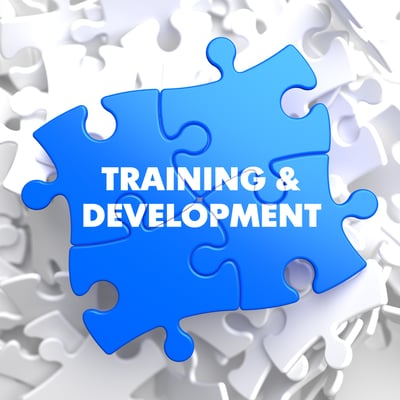News Alert: New ePCR Integration Simplifies EMS Data Management and Enables Better Care Coordination
Five EMS Technology Improvements that Will Shape the Next Ten Years
“The only constant is change,” paraphrasing the ancient Greek philosopher, Heraclitus
Was this information valuable?
.jpg?width=864&name=iStock-177327283%20300x175%20(1).jpg)
“The only constant is change,” paraphrasing the ancient Greek philosopher, Heraclitus. In the world of technological and engineering advancements, this statement certainly holds true - and the EMS industry is no exception!
We’ve all seen a lot of changes throughout our careers, whether over the duration of one year, one decade, or nearly half-a-century. Entering a new decade within our industry, we’re bringing in some awesome technological changes that are sure to impact how the 2020s shape up and set the course for the path toward 2030.
Expanded, On-Demand Training Options
Increased and improved simulation options within the EMS training arena are just the low-hanging fruit when it comes to technological updates over the past decade. Making an equal, if not larger, impact is distributive learning. Live and archived online continued education webinars, informational or FOAM (Free, Open-Access Medical) education podcasts, and readily accessible articles and blogs have all opened the floodgates for training information exchange. While both simulation and distributive learning options have been available for quite some time, their impact has truly been heightened over the past few years and will only be propelled moving forward.

Video Integration
Having more than one set of eyes visualizing the epiglottis and vocal cords, not to mention recording an entire event for quality review, is a technological advancement that has gained prominence over the past few years. Even beyond the one-way direct versus video-laryngoscopy debate is telemedicine – the use of two-way video communications. Capturing and sending images, live streaming with an online physician or specialist, and even incorporating your patient assessment and care into your patient care report (PCR) are all available options as we enter this new decade.
Safe, More Efficient Patient Transport
No more lifting and carrying cots. Stair chairs can now glide upstairs (not just down). Having mom hold onto baby was never a safe option before – but now it can be. These are all due to technological and engineering changes. Even our ambulances are utilizing technology to improve connectivity, driver safety, collision avoidance, and anti-theft protection. The way that we transport our patients may seemingly look the same on the surface, but the technology behind this “how” is certainly much more advanced than it was in years past.

Mobile Reporting and Data Exchange
The two-page paper reports, with a 3-inch by 3-inch narrative box, are long gone (and for good reason!). Now, information can be entered on a tablet, laptop, or even cellphone at the patient’s side while your partner performs various tasks or skills. Going one step further, the same data gathered on your cardiac monitor can also be automatically populated or uploaded into your PCR with the touch of a button (or tap from a finger). Once you select “submit” or “complete,” your information can be integrated into online databases, sent straight to your billing company, or analyzed for statistical and benchmarking values within your quality improvement division. Information, nevertheless, can be shared easier than ever before thanks to reporting technology advancements.
See how ZOLL Respond can be the technology solution your agency needs for Reporting and Data Exchange.
Dispatch-to-Discharge Information Exchange
Looking beyond internal information sharing is the scope of possibilities with the outside world. Health information exchange has been technologically advanced through the advent of arrival-through-disposition notification platforms and data sharing opportunities between PCR software and hospital Electronic Health/Medical Records (EHR/EMR). Taking it one step further, software platforms are continually being developed in the arenas of mobile integrated healthcare, mental & behavioral health services, and even interfaces between EMS-and-physician office platforms. What we do in the field no longer stays “just” in the field. Our information can be exchanged with many others involved in the whole spectrum of patient care.
Would you like to know more about how ZOLL can help you find technology solutions for your agency? Request a demo today!
Related Posts
4 Must-have Data Points for Dispatch-Billing Alignment and Maximum Reimbursement
How STAT MedEvac Connected Device, Software, and Data Technology To Enhance QA and Elevate Care
ZOLL Pulse Blog
Subscribe to our blog and receive quality content that makes your job as an EMS & fire, hospital, or AR professional easier.
ZOLL Pulse Blog
Subscribe to our blog and receive quality content that makes your job as an EMS, fire, hospital, or AR professional easier.





